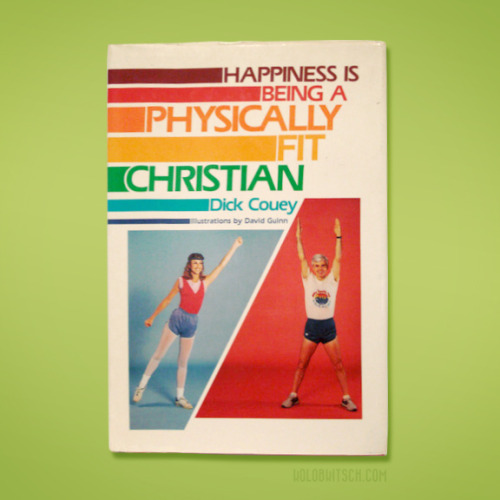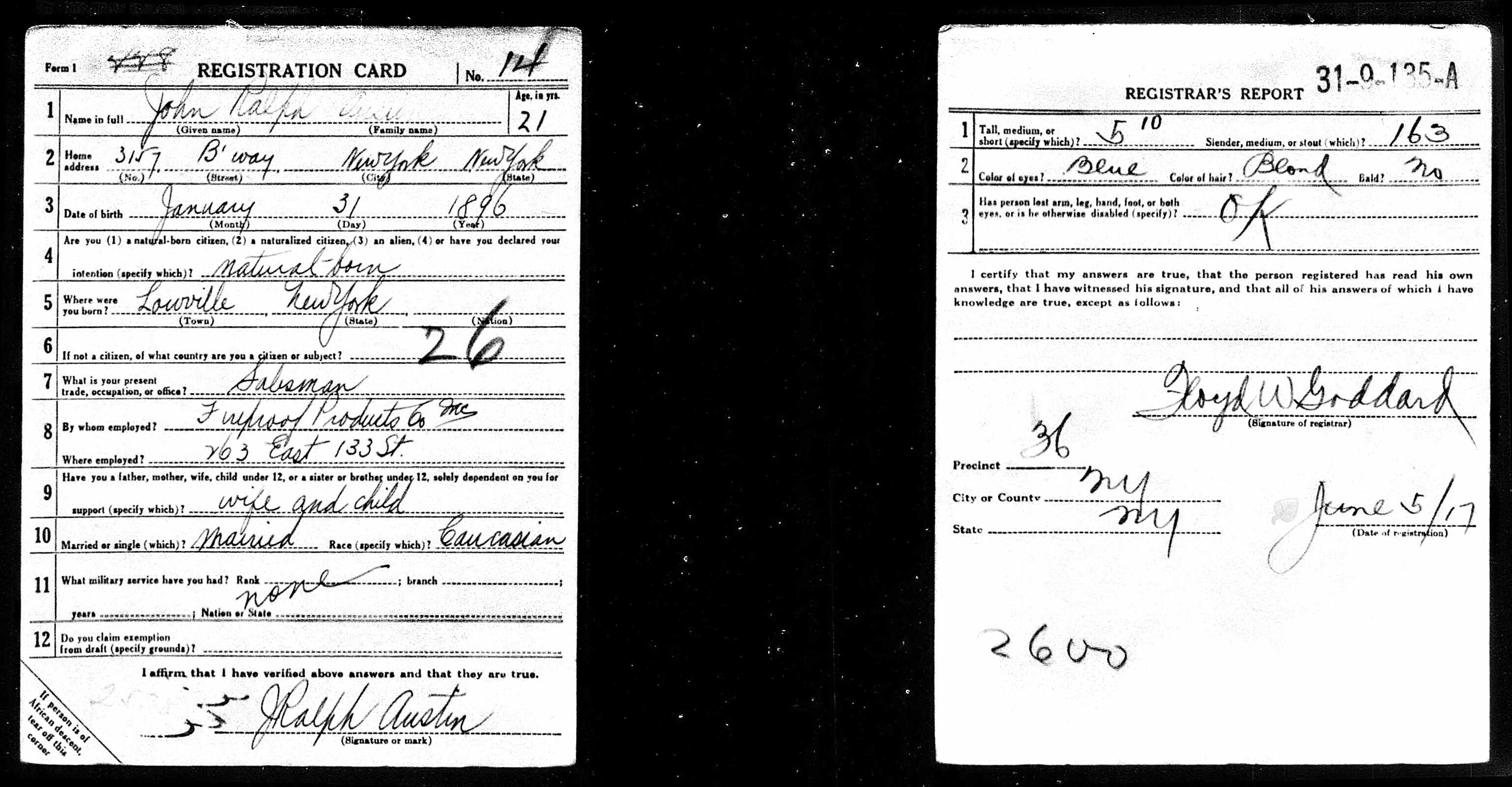
The Saturday sessions of General Conference are great because you can exercise without breaking the Sabbath, maintaining physical and spiritual fitness at the same time.
HAPPINESS IS BEING A PHYSICALLY FIT CHRISTIAN by Dick Couey.

The Saturday sessions of General Conference are great because you can exercise without breaking the Sabbath, maintaining physical and spiritual fitness at the same time.
HAPPINESS IS BEING A PHYSICALLY FIT CHRISTIAN by Dick Couey.
There is a now famous experiment about what will or will not make us a “Good Samaritan.” I like it because I like experimental ethics and experimental economics. It also has practical lessons.
The propositions
Two professors at Princeton decided to try out three different hypothesis:
What they did
 They recruited people who were training for the ministry, seminary students. They gave them personality tests (to let them sort on orientation), then they had them start in the library and go to the chapel. Between the library and the chapel it was planned that they would encounter a man slumped in an alleyway.
They recruited people who were training for the ministry, seminary students. They gave them personality tests (to let them sort on orientation), then they had them start in the library and go to the chapel. Between the library and the chapel it was planned that they would encounter a man slumped in an alleyway.
In the library they were either assigned to prepare a sermon or talk about jobs in the seminary or to prepare a sermon on the story of the Good Samaritan. When the preparation period was finished, some were told they were late for the presentation, some were told that it turned out they had some extra time but should head over to the chapel anyway.
They then passed a man sitting slumped in a doorway, an actor, who moaned and coughed twice as the student walked by. For some the slump actually put the man in the path of the seminary student and stepped over him on the way to the chapel. (They would later be questioned about the man).
Reactions were graded on a scale of 1-5
0=failed to notice any need
1=perceived need but did not offer aid
2=did not stop but helped indirectly (told the someone on their arrival at the chapel about the man)
3=stopped and asked if actor needed help
4=after stopping, insisted on taking the actor inside and then left him.
5=refused to leave actor, or insisted on taking him somewhere
When they arrived at the chapel, they gave their presentation and then were given a questionnaire to answer.
Results
 First, what you had on your mind, preparing to give a talk on finding a job or on the Good Samaritan did not make a difference on whether or not someone helped. Exactly. Focusing on the Good Samaritan made absolutely no difference on whether or not someone would act like him.
First, what you had on your mind, preparing to give a talk on finding a job or on the Good Samaritan did not make a difference on whether or not someone helped. Exactly. Focusing on the Good Samaritan made absolutely no difference on whether or not someone would act like him.
Second, approaches to religion turned out to make no difference. The first experiment reflected that if you saw “religion as a quest” you were less likely to help and that otherwise approaches to religion made no difference at all. Later analysis appeared to have disproved this as a correlation.
Third, whether or not the student was in a hurry had a marked impact. With spare time, people were more likely than not to help (63%). People in a hurry were only 10% likely to help.
Other studies and research
There has been a fair amount of related research by behavioral economists. Some of it is because they just don’t trust other disciplines (a number of “famous” experiments do not replicate when performed by economists which leads to fun discussions). Some of it is because the area is fascinating.
 What they learned was:
What they learned was:
Take away points
Inspirational or hortatory sermons and admonitions are worthless.
If you want people to do anything, you need to have them practice doing it. You want someone to report a sexual offender, stop and render aid, visit the needy, minister to the afflicted or act in a Christlike fashion when it is not convenient you need to have them practice and to see or hear of others practicing and doing (so that it doesn’t hurt for someone to bear their testimony of helping someone else — it is actually more useful than having them preach a sermon on helping someone else).
But above all, you need to make time.
Questions
Published paper on the study is Darley, J. M., and Batson, C.D., “From Jerusalem to Jericho”: A study of Situational and Dispositional Variables in Helping Behavior”. JPSP, 1973, 27, 100-108.
You can read a nice summary here.
Other than an image I created myself from a book reviewed earlier, images are from wikimedia commons.




What do a 16th-century Zen master and a contemporary cartoon dog have in common? Both of them maintained equanimity as their worlds burned, says Cristina Moon. And this is why we train as Buddhists.
The post These Flames are Cool and Refreshing appeared first on Lion's Roar.
If you are an Ancestry.com member or paying subscriber, you may not fully understand a feature of the website: periodically records, and even entire record sets, can and do disappear! Seriously. And it isn’t just Ancestry that does this. Many of the major genealogy websites, even free sites like FamilySearch, have removed records and record sets in the recent past.
So what’s going on? What you may not realize is that the record sets are licensed to vendors like Ancestry with specific terms as to how they can be used and for how long they can be used by Ancestry members and subscribers.
Here’s a prime example that many of us who research in the Cook County, Illinois area understand: For many years, a researcher could access birth, marriage, and death certificates with images on ancestry.com and family search. Then suddenly one day proof! These records were gone and eventually replaced only by an index. So what happened? It turns out the Cook County let the licensing agreement with ancestry and family search expire without renewing the license their plan was to create their own site where they would sell the certificates for $15 each. This was well within the rights of Cook County since they are the owners of the documents and the document images. And if you look at it from the local or county government perspective they are always looking for ways to monetize assets and bring in income to avoid raising property taxes, other taxes, and other fees paid by its citizens as well as visitors.
Licensing is a common way for genealogy vendors such as Ancestry, Findmypast, My Heritage, and even FamilySearch to acquire new records and to expand their holdings. Here are some of the factors involved in licensing that you may not realize:
There licenses for many types of information that we use as consumers either for free or paid through a subscription. A license regulates who retains copyright on the content, who has permission to sell the information, who has permission to use the information, and in what manner there are allowed to use the information. If we didn’t have licenses, it would be very difficult to enforce copyright and intellectual property laws. A license is often a way of monetizing intellectual property while at the same time protecting copyright.
As they say, “the devil is in the details,” Always read the Terms and Conditions for each genealogy website to understand how licenses work for record content. If you look closely at the terms and conditions for ancestry, you realize that you have agreed to the following:
Ancestry Terms and Conditions
5. Content Used in the Services
Ancestry Content: The Services contain photos, videos, documents, records, indexes of content, and other content that are owned by or are licensed to Ancestry. We refer to this content as “Ancestry Content.” Except for WebSearch records, which are governed by the third parties that host the records, all Ancestry Content is owned by or licensed to us and may be used only in accordance with these Terms. You may use the Ancestry Content only as necessary for your personal use of the Services or your professional family history research, and download the Ancestry Content only as search results relevant to that research or where expressly permitted by Ancestry.
With respect to Ancestry Content, you agree:
– To keep all copyright and other proprietary notices on any Ancestry Content you download or print; and
– Not to distribute, republish, or sell significant portions of any Ancestry Content.
Public Domain Content: Some Ancestry Content may be in the public domain, and yet also subject to restrictions on reuse. We refer to Ancestry Content in the public domain as “Public Domain Content.” You are free to use a small portion of individual photos and documents that are Public Domain Content, but you must obtain our written permission to use more than a small portion of these collections. If you have any questions about your use of Public Domain Content, please contact us.
See Ancestry Terms and Conditions, https://www.ancestry.com/cs/legal/termsandconditions.
FamilySearch Rights and Use Information
You will find provisions similar to those at Ancestry, but with some variations since FamilySearch does not charge for access to content:
Licenses and Restrictions
All content found on this site (including visuals, text, icons, displays, databases, media, and general information) is owned by us or licensed to us. You may view, download, and print content from this site only for your personal, noncommercial use, or for your use as a volunteer indexer in connection with the FamilySearch Indexing Program pursuant to the FamilySearch Indexing Program Terms and Conditions or the FamilySearch Indexing Software License Agreement. In addition to the foregoing, unless otherwise indicated, content may be viewed, downloaded, or reproduced by media personnel for use in traditional public news media. You may not post content from this site on another website or on a computer network without our permission. You may not transmit or distribute content from this site to other sites. You may not use this site or information found at this site (including the names and addresses of those who have submitted information) to sell or promote products or services, to solicit clients, or for any other commercial purpose.
Notwithstanding the foregoing, we reserve the sole discretion and right to deny, revoke, or limit use of this site, including reproduction of site content. It is not our responsibility to determine what “fair use” means for persons wishing to use content from this site. That remains wholly a responsibility of the user. Furthermore, we are not required to give additional source citations. Also, in no case do we guarantee that any content on this site is legally cleared for any use beyond personal, noncommercial use. Such responsibility also ultimately remains with the user. However, we do maintain the right to prevent infringement of our content and to interpret “fair use” as we understand the law.
See FamilySearch Rights and Use Information, https://www.familysearch.org/terms
So what does this mean to you as an Ancestry or FamilySearch user? See below for my tips on the first thing you should do when you find a record that you want to use as part of your genealogy research. Basically, I recommend that you immediately save a local copy and don’t assume that attaching a record image to your online tree will ensure that you will always have that image available.
The truth is you really cannot find out from Ancestry or any other genealogy website which record sets are scheduled to disappear or may have disappeared recently. When you think about it, this makes sense, at least to me as a business owner. I remember when I worked for big law firms we always had a big announcement when we opened a new office overseas. But we never announced the closing of an office!
It works the same way with the big genealogy vendors. You may see press releases, blog posts, Facebook announcements, advertisements etc. as to new record sets or additions to an existing record set. But is very rare that you will see a genealogy vendor admit to getting rid of a database.
If you want to see what Ancestry has added recently they do have a web page available, called Recently Added and Updated Collections (http://www.ancestry.com/cs/recent-collections). Unfortunately, we are left to having other genealogists, especially genealogy bloggers, report the disappearance of record sets on Ancestry and other genealogy platforms.

World War I Draft Registration Cards, 1917-1918,” digital images, Ancestry (http://www.ancestry.com: accessed 29 Oct 2016), John Ralph AUSTIN, Draft Board 135, New York County, New York; citing World War I Selective Service System Draft Registration Cards, 1917-1918, NARA microfilm publication M1509; Family History Library Roll No. 1766376.
Here is the procedure that I use when researching on Ancestry as well as other sites:
AUSTIN John Ralph b1896 WWI Draft Card 19170605 image 01
The procedure above is the safest way to use Ancestry and any other record provider. If I don’t grab the image right away and give it a proper name right away I tend to get lazy and tell myself I will do it later and later never comes.
***
What is your action plan for saving record images from online genealogy websites? If you haven’t been saving these records on your computer, do you have a plan to go back and grab them now?
***
PLEASE NOTE: The post content above contains affiliate links. This means I make a percentage of sales via these links. This does not INCREASE the price you pay as a consumer. It simply supplements my income so I can continue providing as much free genealogy content as possible through my “abundance model.”
Disclosure Statement: I have material connections with various vendors and organizations. To review the material connections I have in the genealogy industry, please see Disclosure Statement.
©2018, copyright Thomas MacEntee. All rights reserved.
The post Don’t Make this Big Mistake with Ancestry.com appeared first on Abundant Genealogy.